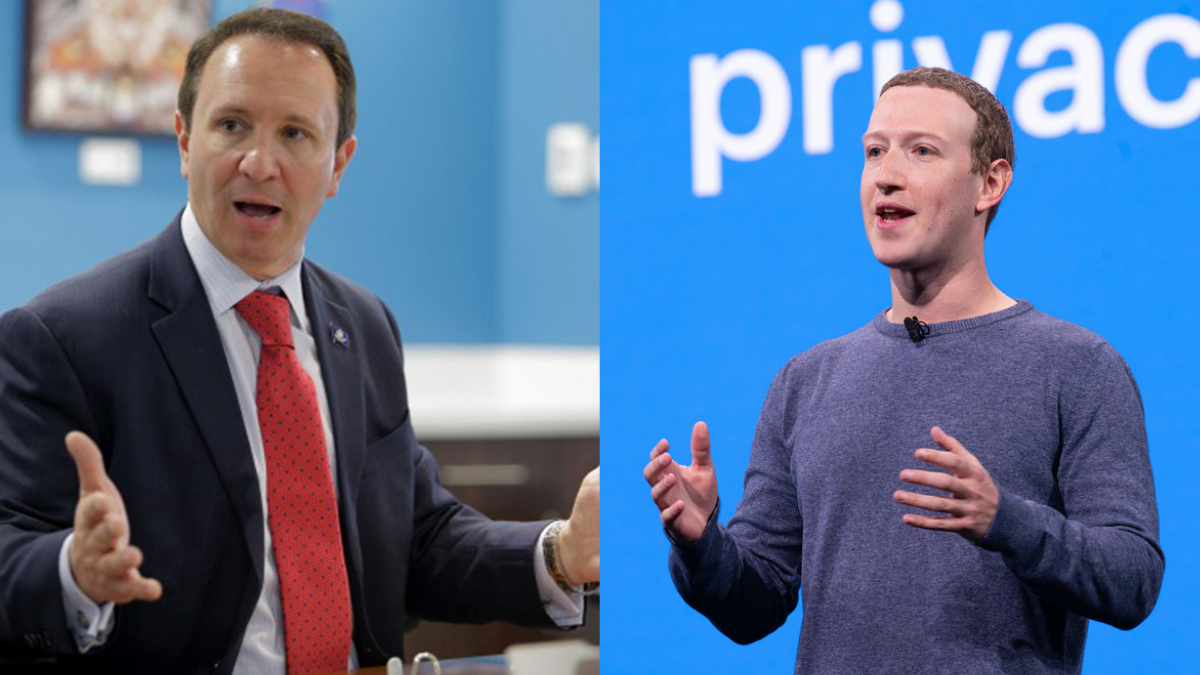New polling and surveys suggest that the gap between President Donald Trump and former Vice President Joe Biden in Minnesota diminishing, putting the historically blue state in play on the 2020 election map.
“There is evidence that Minnesota is becoming redder over time, with 2016 being a particular inflection point,” suggests analysis by FiveThirtyEight.
While Trump lost Minnesota in 2016 by fewer than 45,000 votes and 1.5 percentage points, he is running a hard campaign in the state by spending “millions of dollars in TV time for a fall ad blitz,” Politico reports. The campaign is deploying canvassers and phone campaigns, and sending Ivanka Trump and Vice President Mike Pence to make separate visits to Duluth.
“The road to victory begins in Duluth, Minnesota, and we’re going to win this state on Nov. 3,” declared Pence on his recent visit.
President Trump is also addressing the riots and destruction in Minneapolis and other cities across the nation, something Biden failed to do until this week, which appeals to those voters affected by or fed up with the violence and chaos in their neighborhoods.
Because of his aggressive stance against rioting and the celebration of workers, Trump has won the enthusiastic endorsements of at least six Minnesota mayors.
Robert Vlaisavljevich, the formerly Democratic mayor of a small Minnesota mining town, spoke at the Republican National Convention,
“Since the Iron Range economy is vulnerable to economic trends and to foreign trade, we have always needed a strong voice in Washington. We look to Democrats to fill that void for many years because we actually thought they cared about our welfare. Not anymore. The radical environmental movement has dragged the Democratic party so far to the left, they can no longer claim to be advocates of the working man,” he said.
Other mayors echoed Vlaisavljevich’s sentiments, saying that workers would be better off under President Trump rather than radical Democratic policies and leadership.
Duluth Mayor Gary Doty endorsed Trump at a campaign event in Duluth with Pence.
“I come from a [Democratic-Farmer-Labor] family and many of them still are. My dad was the head of the Teamsters and the things he fought for — jobs, benefits, and working men and women — the Democratic party has lost that. They’ve gone so far left I can’t support the Democratic ticket this year,” Doty said.
“The Democratic platform has moved further and further to the left, and the Democrats who I grew up with … they’re left out in the lurch. … What we stand for, and me being a former Democrat for many years, we stand for our flag and we’re proud Americans and we kneel to pray,” said another Minnesota Mayor Larry Cuffe Jr.
Evidence suggests that Doty and Cuffe’s frustrations about the Democratic party becoming too progressive were resonating with many Minnesota voters even back in 2016 and will continue to grow leading up to the 2020 election.
“Democrats’ pro-environment and anti-gun positions have alienated these voters in places like the Iron Range, an ancestrally Democratic mining region, and in 2016 Trump was able to tap into their racial and economic grievances as well,” one FiveThirtyEight analyst wrote.
While Trump makes significant headway in Minnesota, Biden continues to scramble for battleground states such as Wisconsin, Pennsylvania, and Michigan. Biden’s campaign team finally decided to devote money and potentially time Minnesota, “airing his first television ads in the state, in the Twin Cities as well as Duluth and Rochester markets,” while also keeping Minnesota on the list as a potential travel spot for campaigning.
The implications of polling in Minnesota, however, might be higher than Biden is planning for. If Trump wins Minnesota, he could lose Pennsylvania, Michigan, and Wisconsin and still win the election.
“Minnesota is now one of the likeliest states to be the Electoral College tipping point — the state that delivers the next president his decisive 270th electoral vote. So assuming that future presidential elections are closer contests, be prepared for Minnesota to be one of the main swing states going forward — and know that the next time a Republican wins the White House, there’s a good chance Minnesota’s blue streak will have come to a long-awaited end,” wrote the FiveThirtyEight analyst.
Wisconsin also seems to be on the fence between Trump and Biden since the recent Kenosha, WI riots, and lack of acknowledgment by Biden until Monday. In 2016, Trump won Wisconsin by a very small margin, but his “law and order” message delivered in an in-person speech on his visit to Kenosha on Tuesday could be a factor in pushing Wisconsin red again.









